 Abraham Lincoln
If given the truth, the people can be depended upon to meet any national crisis...
Abraham Lincoln
If given the truth, the people can be depended upon to meet any national crisis...
 Guildford news...
for Guildford people, brought to you by Guildford reporters - Guildford's own news service
Guildford news...
for Guildford people, brought to you by Guildford reporters - Guildford's own news service
Birdwatcher’s Diary No.48
Published on: 1 Nov, 2013
Updated on: 1 Nov, 2013
By Malcolm Fincham
To add a touch of controversy to this my latest report, I have just read a Met Office forecast dismissing a cold winter ahead, something I was predicting in the final paragraph of my report number 45.
However, my original thoughts have been a growing concern for me during the last few weeks. Will we experience climate change of an even cooler kind than predicted back in my September report? I do hope I’m wrong, especially for those of us concerned about our ever increasing fuel bills. But all my research so far seems to point to another very cold and possibly snowy winter.
It seems to me that we’ll be needing our thermals by the middle to end of November. The glut of acorns now falling from our oak trees are seen by some as a sign of a severe cold winter ahead. Although I don’t base my predictions on such myths, it certainly seems more accurate than the latest Met Office long-range forecast and less costly too from another report I’ve just read.
The carpets of acorns now lying under oak trees, although poisonous to some mammals, are making it a time of feast for the squirrels and jays who seem to have given up their usual ritual of hiding them, for the time being at least.
Since my previous report the weather has so far shown no signs of the possible adverse cold events I’m expecting to arrive in the next few weeks.
But the warm westerly winds constantly bringing rain has made perfect conditions for many varieties of fungi to emerge – including orange peel fungus and the parasitic honey fungus.
However, with the decrease of daylight hours I have struggled to capture any award-winning photos. One bird that has continued to show well in the last few weeks, and which I am grateful to get any kind of pictures at all of, is a kingfisher; especially as it has been such an elusive bird for me to photograph over the years.
On October 18, I heard reports that the great grey shrike had arrived back to ‘winter’ once again on Thursley Common.
It was a bird I wrote about in my very first report. So I felt it my duty to venture over there on my first possible opportunity the following afternoon in the hope of getting an up-to-date photo.
Unfortunately, it turned out to be one of those well known cases over the years of ‘you should have been earlier when it was showing really well’.
I did manage some distant views through my binoculars from my view point on top of ‘shrike hill’. Unfortunately also within my view was the sight of dark rain clouds on the horizon and heading my way too. With light starting to fade I decided to call it a day.
Although a good shrike picture would certainly have been a bonus, I was happy to carry home with me some atmospheric autumnal views of the large flocks of fieldfares flying through, with a few groups briefly settling on the pine trees as they passed over.
I also picked out high in some trees redwing, mistle thrush and song thrush, all of which could also quite possibly be of Scandinavian descent. Many of the birds we take for granted as being native during our winter months, including robins and starlings, are often visitors from colder climates.
Throughout the following week I continued to sight redwing and fieldfare fly overs, mainly in more rural areas around Guildford, including, on October 23, 40 or so fieldfare settling briefly in some trees on Whitmoor Common.
With the weather remaining mild but inclement for the rest of the week, I had to choose my moments to capture any pictures. Apart from a few scenic pictures of trees now in stunning autumn colour, one picture that particularly interested me was of a kestrel checking out a possible nest site often known to be used by a tawny owl.
Saturday, October 26, turned out to be a bright one between the showers allowing me some butterfly photos. It was a most surprising sight to see such critters on the wing at this time of year, almost mistaken for leaves falling from trees near by.
A trip down to Stoke Lake that afternoon allowed me a few shots of cormorants drying their wings as they took up their usual winter stance on the tern raft.
Also on the lake a count of 17 or more tufted duck could be seen.
I regretted commitments that prevented me from another trip to Thursley Common in the hope of a picture of the great grey shrike, which continued to be sighted on a number of occasions in the past week. But I was most grateful when James Sellen, having just submitted his latest picture to the Surrey Bird Club, kindly sent a photo of the great grey shrike which he managed to catch up with on Sunday, October 27.
And finally, a few amusing shots I took last week of something in nature terms that is quite serious. They show two male pheasants already fighting for rights to a territory – just beyond Bowers Lock in Burpham.
To me they resemble something probably not known by any teenagers reading this article – a spot the ball competition!
Or maybe excerpts of a ‘game bird’ version of a Bruce Lee film. It was certainly ‘game’ for a laugh for me to watch them both spar.
Recent Articles
- Burglar Jailed Thanks To Quick Action of Ash Resident
- Highways Bulletin for December
- Birdwatcher’s Diary No.318 Some Pre-Christmas Rambles
- Merry Christmas and a Happy New Year to All Our Contributors and Readers!
- More Units Added to Solums’s Station Redevelopment
- Vehicle Stop on Epsom Road Leads to Prolific Drug Gang Being Put Behind Bars
- Local Political Leaders Respond to Publication of the English Devolution White Paper
- Flashback: Guildford All Lit Up For Christmas – Then And Now
- City Earn Themselves a Three Point Christmas Present
- Mayor’s Diary: December 23 – January 4


Search in Site
Media Gallery
Dragon Interview: Local Artist Leaves Her Mark At One of England’s Most Historic Buildings
January 21, 2023 / No Comment / Read MoreDragon Interview: Lib Dem Planning Chair: ‘Current Policy Doesn’t Work for Local People’
January 19, 2023 / No Comment / Read MoreA3 Tunnel in Guildford ‘Necessary’ for New Homes, Says Guildford’s MP
January 10, 2023 / No Comment / Read More‘Madness’ for London Road Scheme to Go Ahead Against ‘Huge Opposition’, Says SCC Leader
January 6, 2023 / No Comment / Read MoreCouncillor’s Son Starts Campaign for More Consultation on North Street Plan
December 30, 2022 / No Comment / Read MoreCounty Council Climbs Down Over London Road Works – Further ‘Engagement’ Period Announced
December 14, 2022 / No Comment / Read MoreDragon Interview: GBC Reaction to the Government’s Expected Decision to Relax Housing Targets
December 7, 2022 / No Comment / Read MoreHow Can Our Town Centre Businesses Recover? Watch the Shop Front Debate
May 18, 2020 / No Comment / Read More



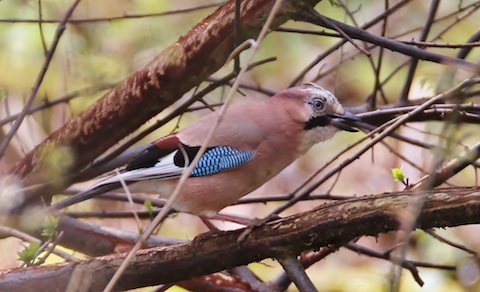
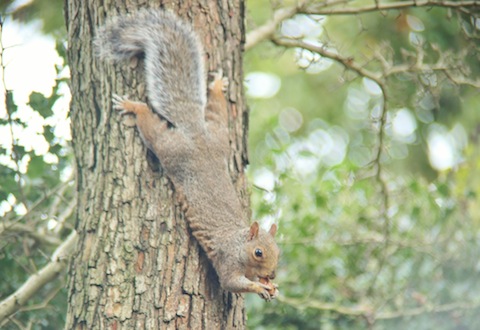
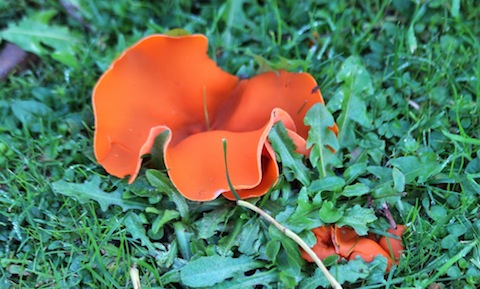
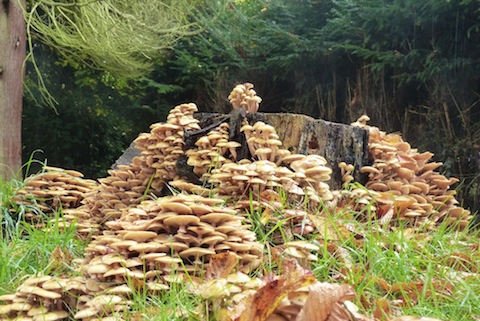
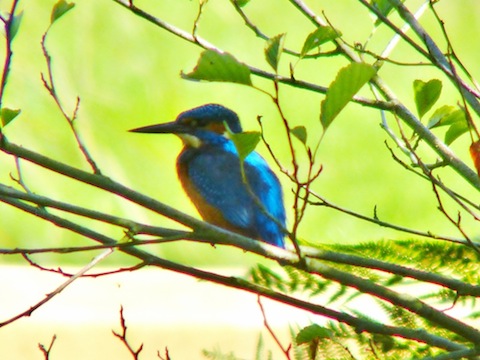

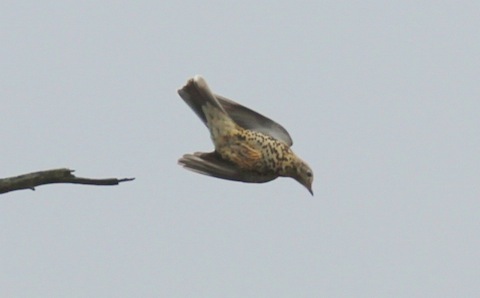
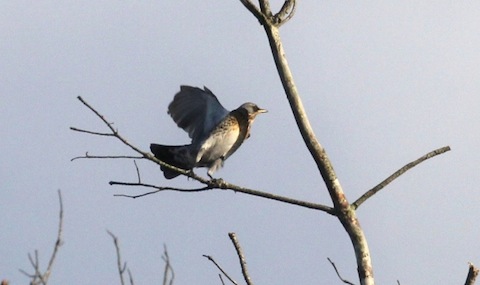
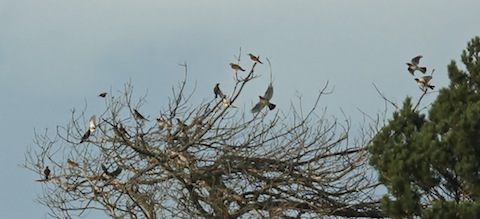
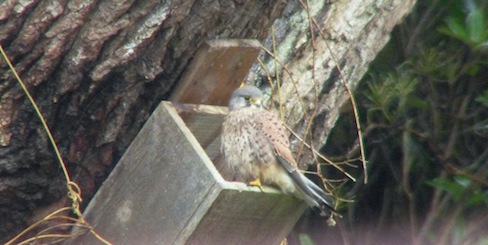

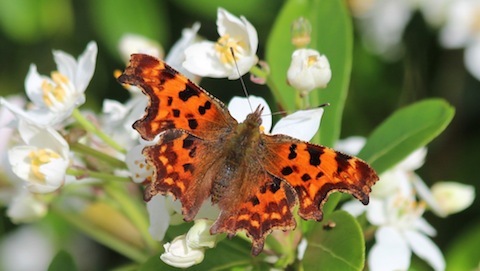
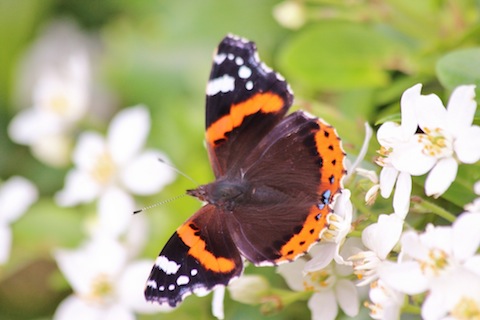
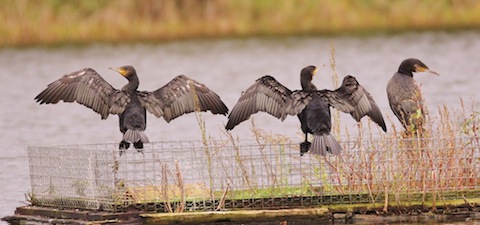
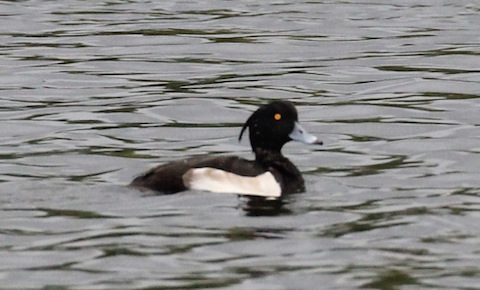
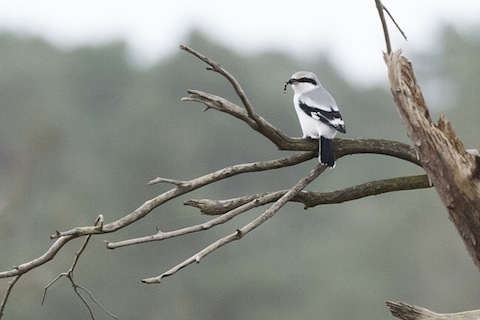
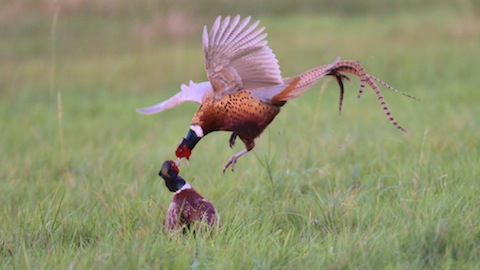
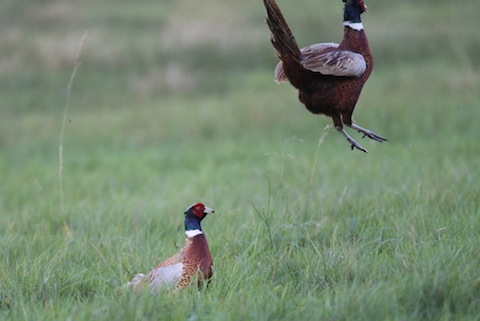
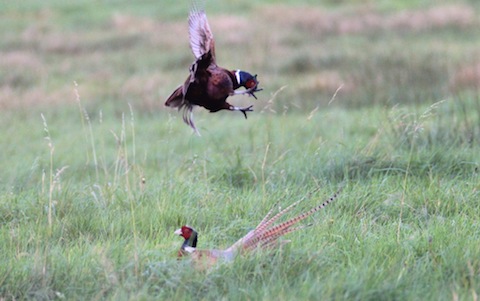
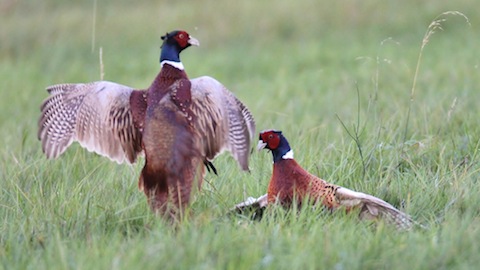








Recent Comments